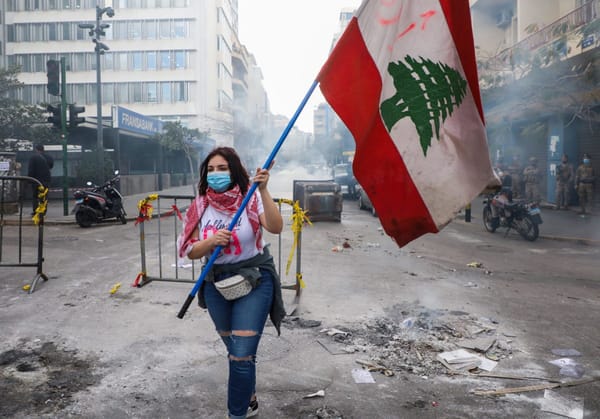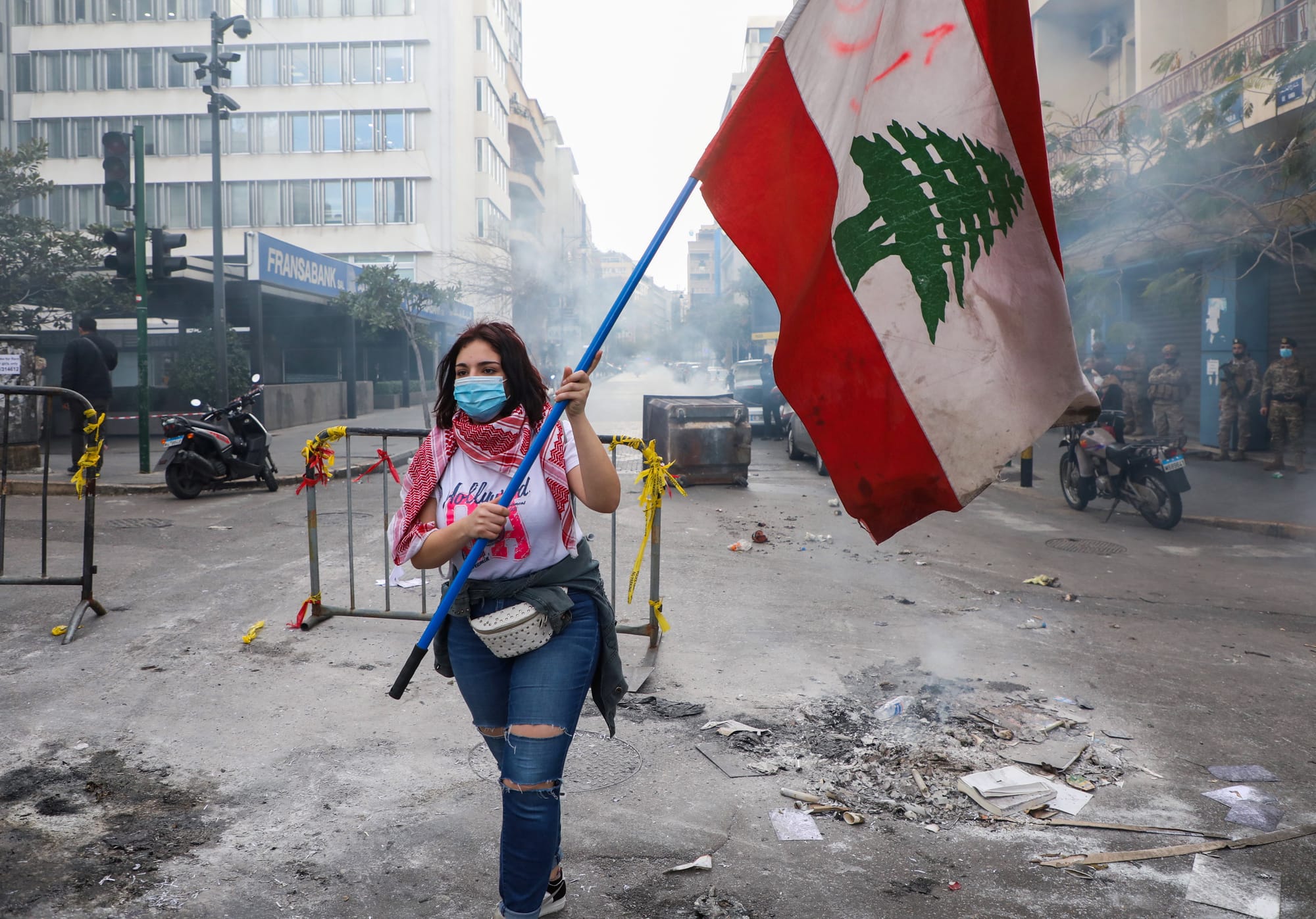Political Assassinations and the Revolutionary Impasse in Lebanon and Iraq
In the midst of deepening political and economic crises, the recent assassinations of two intellectuals—Hisham al-Hashimi in Iraq and Lokman Slim in Lebanon—have shaken the popular protest movements that are pushing for fundamental change in both countries. Haugbolle and Andersen consider the conseq








